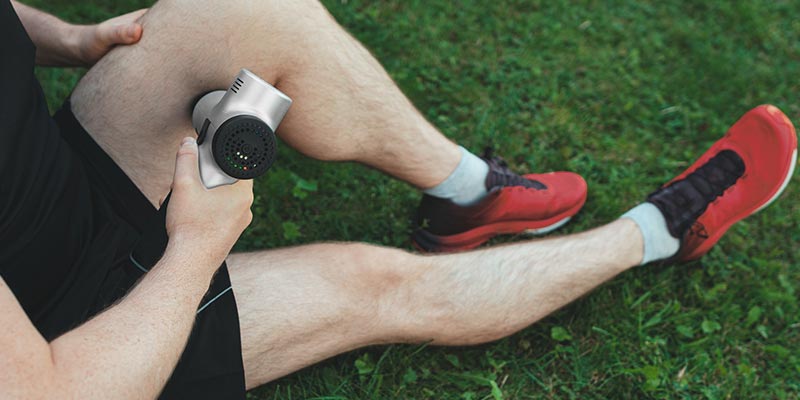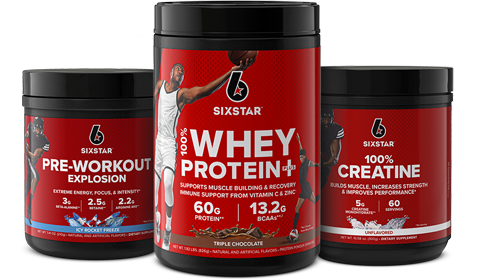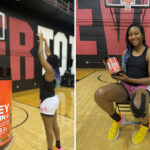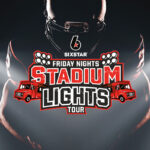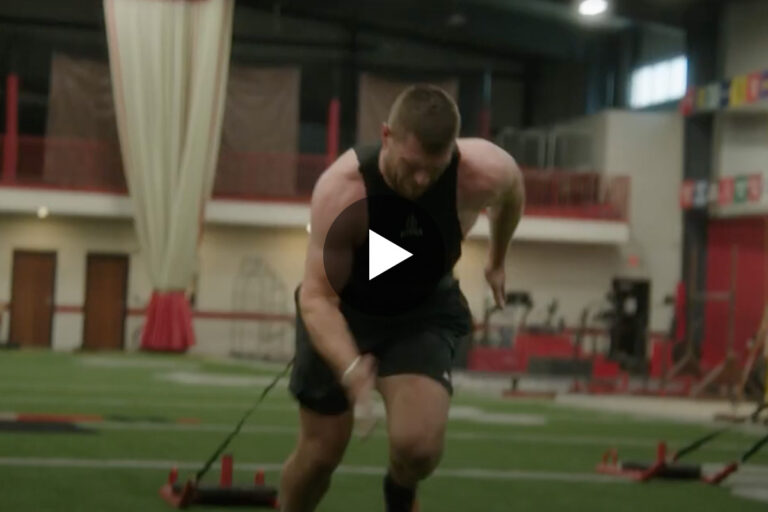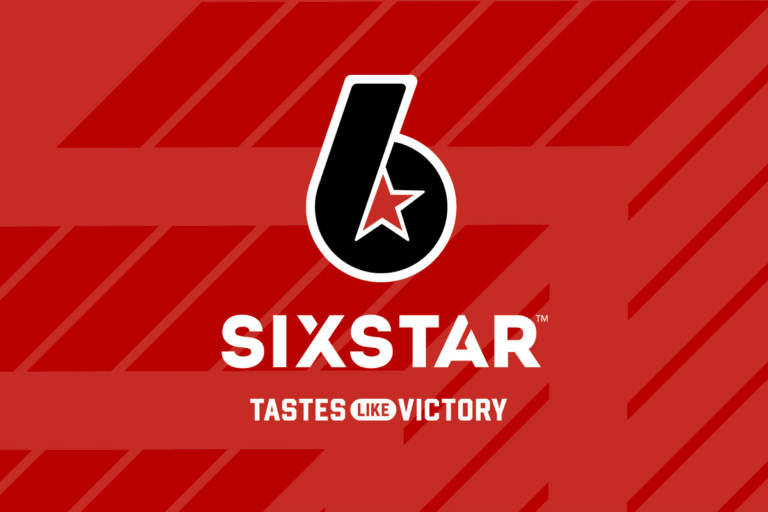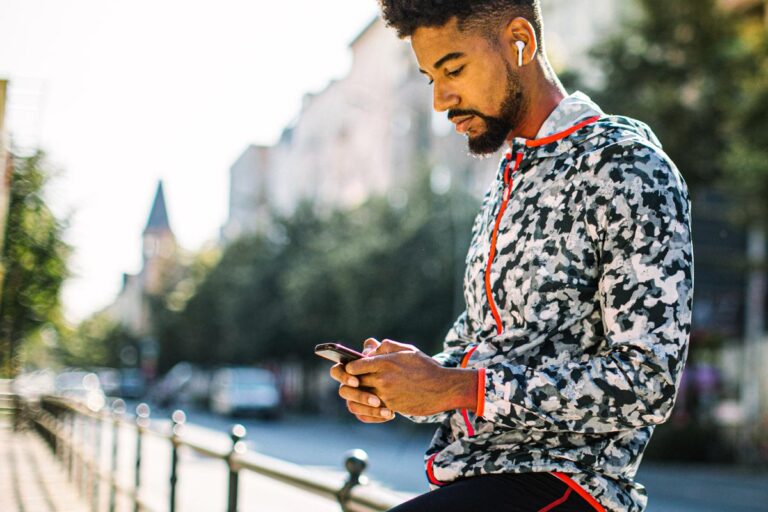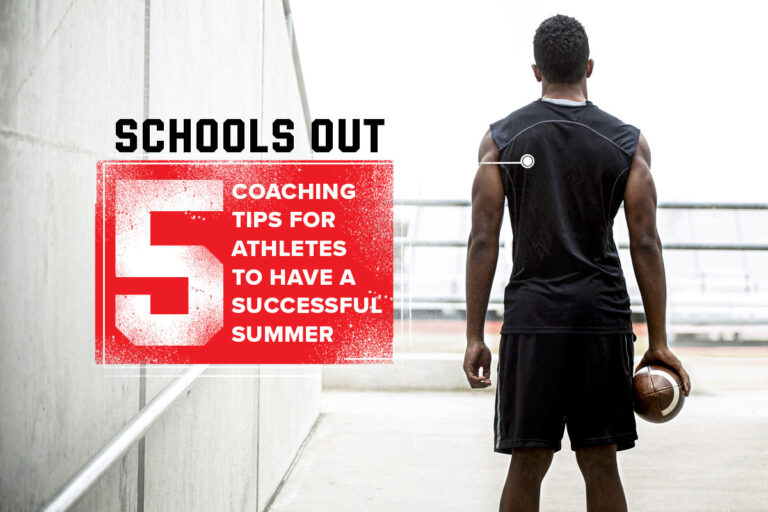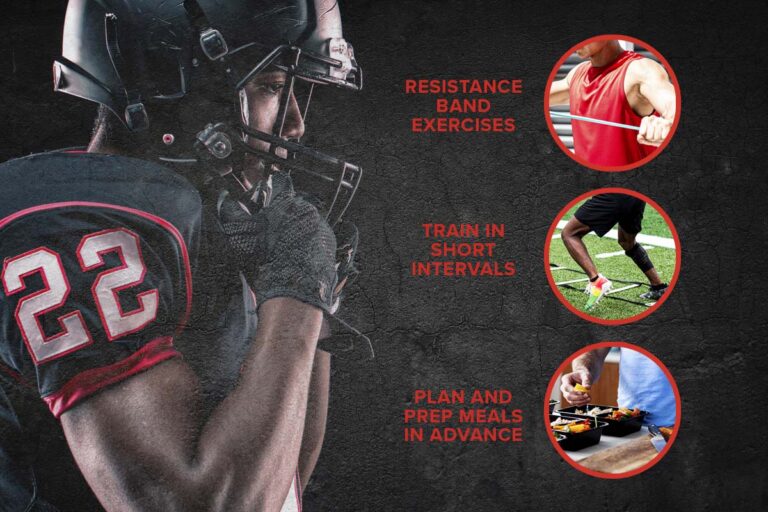Elite athletes understand that their bodies are vital to their success. That’s why they’re willing to do anything and everything in their power to protect them. The same way that the best athletes in the game are dedicated to improving their skills on the field, they also prioritize their recovery after practices, games, and workouts so that they can get right back out there the next day. After all, as any athlete knows, you can’t help your team win if you’re injured and have to sit on the sidelines come game day. So, if you want to play like a pro, you also need to recover like one.
Sports massages are one of the ways that professional athletes are able to recover so quickly after exerting themselves. Some of the reported benefits of sports massages are increased joint range of motion (ROM), increased flexibility, increased sense of well-being, decreased muscle tension, decreased muscle spasms, decreased neurological excitability (your nerves are more relaxed), and better sleep. Sports massages can also be done pre-performance, during training, or for rehabilitation, as well.
While professional athletes often have access to massage therapists who are employed through their teams (and some athletes even have their own personal massage therapists), most up-and-coming athletes don’t have a personal or team massage therapist that they can go to. Therefore, they need to find affordable and efficient ways that they can maximize their recovery efforts. Percussive therapy and compression therapy helps athletes accomplish just that, allowing them to focus on enhancing their recovery efforts, without having to break the bank.
What Is Percussive Therapy?
To help aid deep muscle recovery, more and more athletes have been using massage guns, which are also known as percussion massagers, percussive therapy, and vibration therapy. These massage devices provide rapid bursts of pressure into the body’s muscle tissue to deliver a vigorous massage.
A study published in the Journal of Clinical and Diagnostic Research suggests that vibration therapy and massage, which are both part of percussive therapy, are equally effective methods to prevent delayed onset muscle soreness (DOMS). By preventing DOMs, you’re less likely to feel muscle pain or tightness 24 to 72 hours after an intense workout.
How Does Percussive Therapy Work?
Similar to a traditional massage, percussive therapy aims to reduce inflammation by flushing extracellular fluids such as lymph fluid and venous blood out of the muscle tissue and into the circulatory system. That’s how percussive therapy can help to relax tight muscles, break up scar tissue, and minimize muscle soreness and tension.
While percussive therapy doesn’t completely eliminate muscle soreness, it does increase blood flow to a specific muscle area, which in turn can help reduce inflammation and muscle tension by breaking up knots that tend to stick around after a hard workout. And unlike myofascial release tools like foam rollers, massage guns can hyper-target a specific problem area that you sometimes just can’t get to with a foam roller. p
You can use a massage gun pre-workout to warm up your muscles or post-workout to decrease tightness and soreness. It’s also important to note that massage guns are meant to be used on muscles, rather than nerves, bones, joints, or tendons.
What Is Compression Therapy?
Compression therapy uses controlled pressure to increase blood flow around your chosen muscle group. Compression therapy is thought to improve performance for athletes, reduce soreness after exercise, and reduce the risk of blood clots.
Research suggests that compression sleeves and garments can help muscles recover after exhausting exercise. That’s because compression garments put pressure on peripheral veins, drive blood into larger, deeper veins, and then, as a result, increase oxygen delivery to the muscles, reduce inflammation, and speed the removal of metabolic waste products.
How Does Compression Therapy Work?
By augmenting the movement of blood through muscles after exercising, when blood flow would normally slow, compression garments may help flush away some of the biochemical byproducts of hard workouts (like lactate), thus reducing inflammation and muscle aches. However, in order to provide these benefits, the compression sleeves and garments need to be tight, and they must be worn for several hours after a workout. That way, when you remove the compression garments, your muscles should have less pain than if they had not been squeezed at all.
Many elite athletes also do compression therapy after a workout with a pressure device that aims to increase blood flow, and combat soreness, inflammation, and swelling. This type of compression therapy uses inflatable sleeves that apply pressure to your legs, hips, or arms. After putting on the leg stockings or arm sleeves, the device is hooked up to a number of tubes. The machine will then calibrate to your body and go through a number of cycles of compression and decompression.
